NPs Basic Information
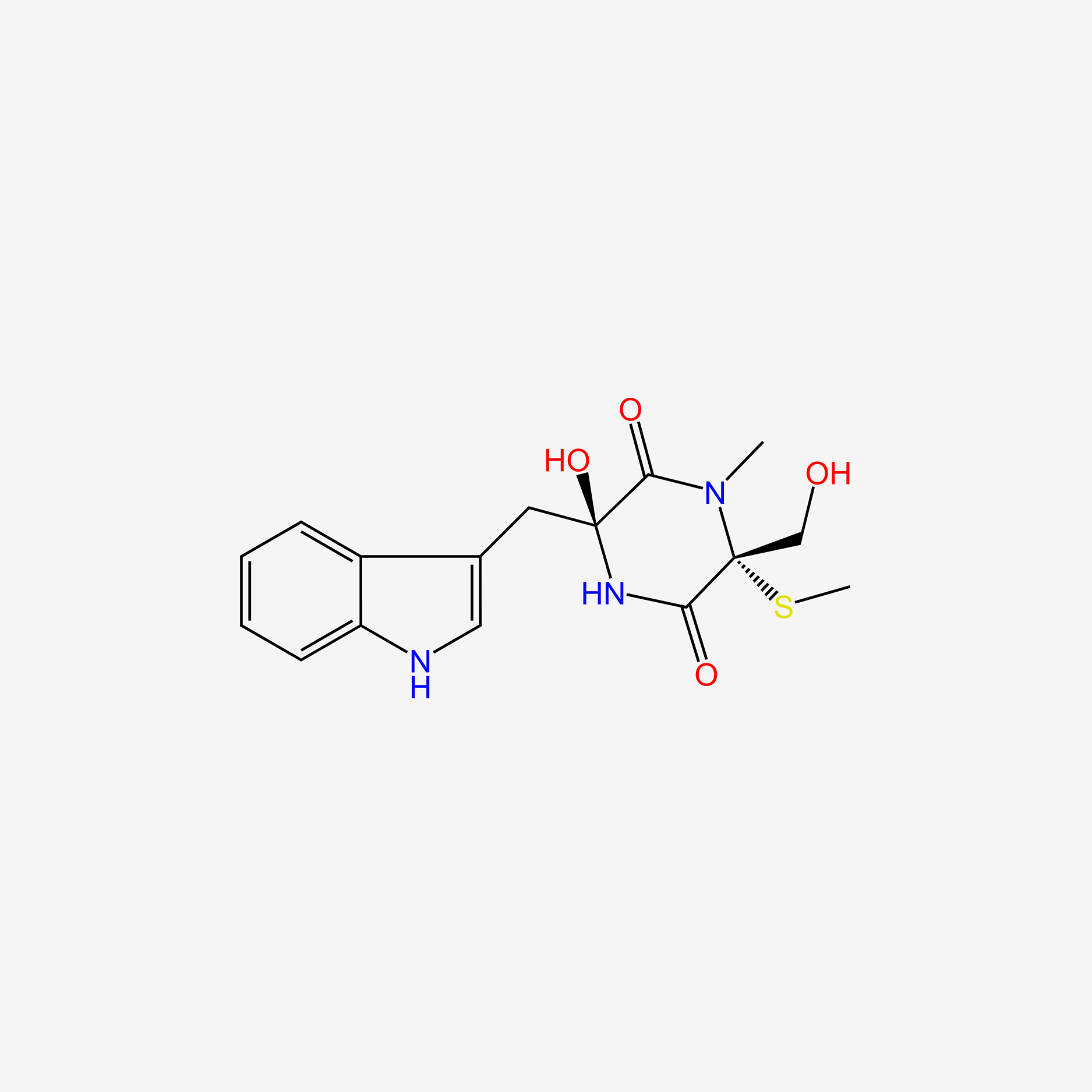
|
Name |
Chetoseminudin E
|
| Molecular Formula | C16H19N3O4S | |
| IUPAC Name* |
3-hydroxy-6-(hydroxymethyl)-3-(1H-indol-3-ylmethyl)-1-methyl-6-methylsulfanylpiperazine-2,5-dione
|
|
| SMILES |
CSC1(CO)C(=O)NC(O)(Cc2c[nH]c3ccccc23)C(=O)N1C
|
|
| InChI |
InChI=1S/C16H19N3O4S/c1-19-14(22)15(23,18-13(21)16(19,9-20)24-2)7-10-8-17-12-6-4-3-5-11(10)12/h3-6,8,17,20,23H,7,9H2,1-2H3,(H,18,21)/t15-,16+/m0/s1
|
|
| InChIKey |
IKOGFAWLNUZSIT-JKSUJKDBSA-N
|
|
| Synonyms |
NA
|
|
| CAS | NA | |
| PubChem CID | NA | |
| ChEMBL ID | NA |
*Note: the IUPAC Name was calculated by STOUT. Reference: PMID:33906675.
Chemical Classification: |
|
|
|---|
——————————————————————————————————————————
NPs Species Source
| Endophyte ID | Endophyte Name | Family | Genus | Taxonomy ID | GenBank ID | Closest GenBank ID | Reference | |
|---|---|---|---|---|---|---|---|---|
| Endophyte ID | Endophyte Name | Family | Genus | Taxonomy ID | GenBank ID | Closest GenBank ID | Reference |
NPs Biological Activity
| Bioactivity Name | Target ID | Target Name | Target Type | Target Organism | Target Organism ID | Potency of Bioactivity | Activity Type | Value | Unit | Endophyte ID | Endophyte Name | |
|---|---|---|---|---|---|---|---|---|---|---|---|---|
| Bioactivity Name | Target ID | Target Name | Target Type | Target Organism | Target Organism ID | Potency of Bioactivity | Activity Type | Value | Unit | Endophyte ID | Endophyte Name |
NPs Physi-Chem Properties
| Molecular Weight: | 349.41 | ALogp: | 0.0 |
| HBD: | 4 | HBA: | 5 |
| Rotatable Bonds: | 4 | Lipinski's rule of five: | Accepted |
| Polar Surface Area: | 105.7 | Aromatic Rings: | 3 |
| Heavy Atoms: | 24 | QED Weighted: | 0.641 |
——————————————————————————————————————————
NPs ADMET Properties*
ADMET: Absorption
| Caco-2 Permeability: | -4.813 | MDCK Permeability: | 0.00001360 |
| Pgp-inhibitor: | 0 | Pgp-substrate: | 0.018 |
| Human Intestinal Absorption (HIA): | 0.03 | 20% Bioavailability (F20%): | 0.002 |
| 30% Bioavailability (F30%): | 0.005 |
——————————————————————————————————————————
ADMET: Distribution
| Blood-Brain-Barrier Penetration (BBB): | 0.981 | Plasma Protein Binding (PPB): | 58.79% |
| Volume Distribution (VD): | 0.899 | Fu: | 51.68% |
——————————————————————————————————————————
ADMET: Metabolism
| CYP1A2-inhibitor: | 0.057 | CYP1A2-substrate: | 0.899 |
| CYP2C19-inhibitor: | 0.548 | CYP2C19-substrate: | 0.852 |
| CYP2C9-inhibitor: | 0.324 | CYP2C9-substrate: | 0.474 |
| CYP2D6-inhibitor: | 0.01 | CYP2D6-substrate: | 0.103 |
| CYP3A4-inhibitor: | 0.228 | CYP3A4-substrate: | 0.951 |
——————————————————————————————————————————
ADMET: Excretion
| Clearance (CL): | 3.398 | Half-life (T1/2): | 0.437 |
——————————————————————————————————————————
ADMET: Toxicity
| hERG Blockers: | 0.003 | Human Hepatotoxicity (H-HT): | 0.141 |
| Drug-inuced Liver Injury (DILI): | 0.944 | AMES Toxicity: | 0.012 |
| Rat Oral Acute Toxicity: | 0.541 | Maximum Recommended Daily Dose: | 0.045 |
| Skin Sensitization: | 0.067 | Carcinogencity: | 0.047 |
| Eye Corrosion: | 0.003 | Eye Irritation: | 0.008 |
| Respiratory Toxicity: | 0.006 |
——————————————————————————————————————————
*Note: the ADMET properties was calculated by ADMETlab 2.0. Reference: PMID: 33893803.
Similar Compounds*
Compounds similar to EMNPD with top10 similarity:
| Similar NPs | Similar Drugs | ||||||
|---|---|---|---|---|---|---|---|
| NPs ID | NPs 2D Structure | Similarity Score | TTD ID | Drug 2D Structure | Similarity Score | ||
| ENC004868 | 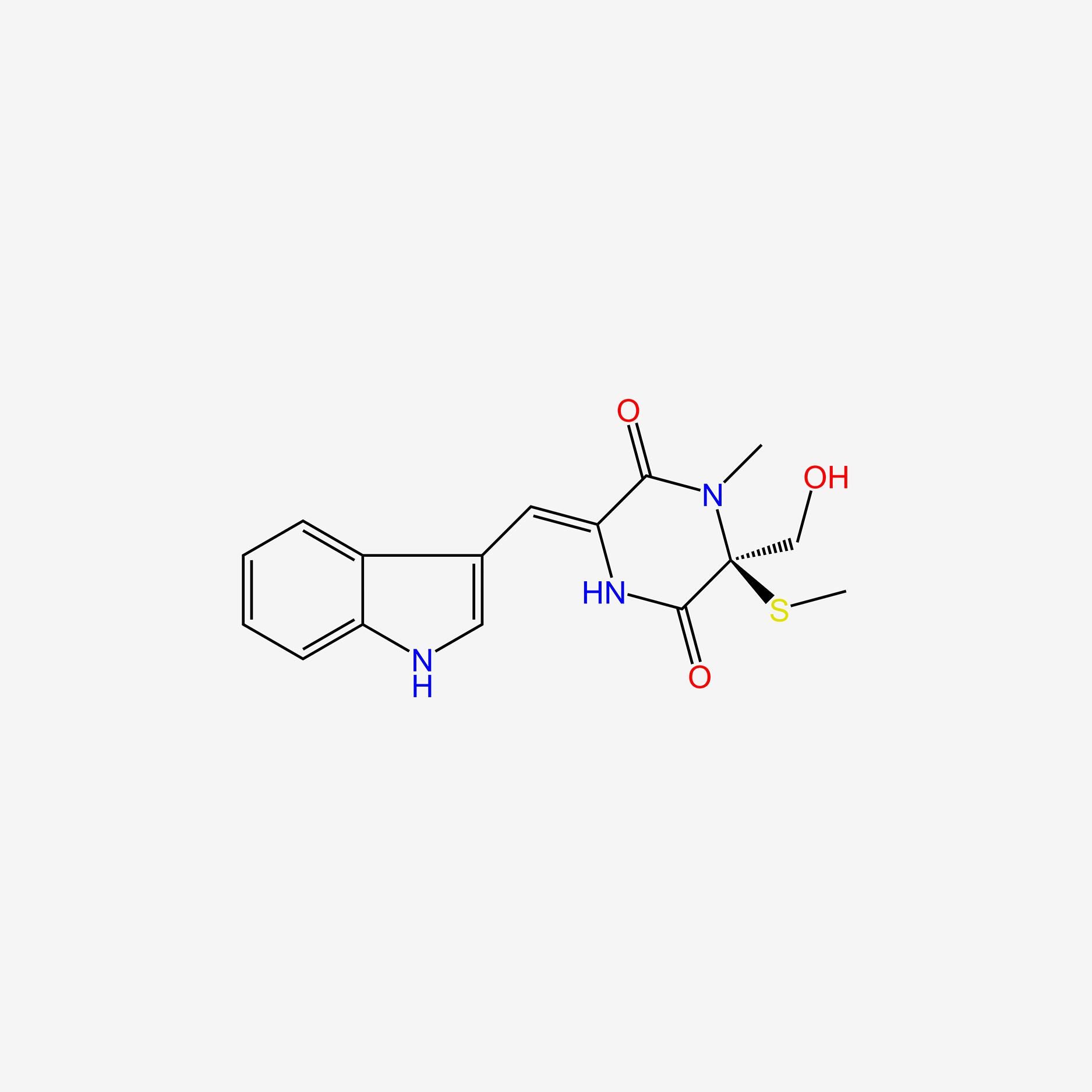 |
0.585 | D05EJG | 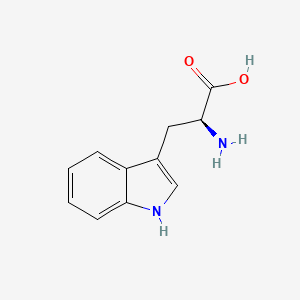 |
0.367 | ||
| ENC004870 | 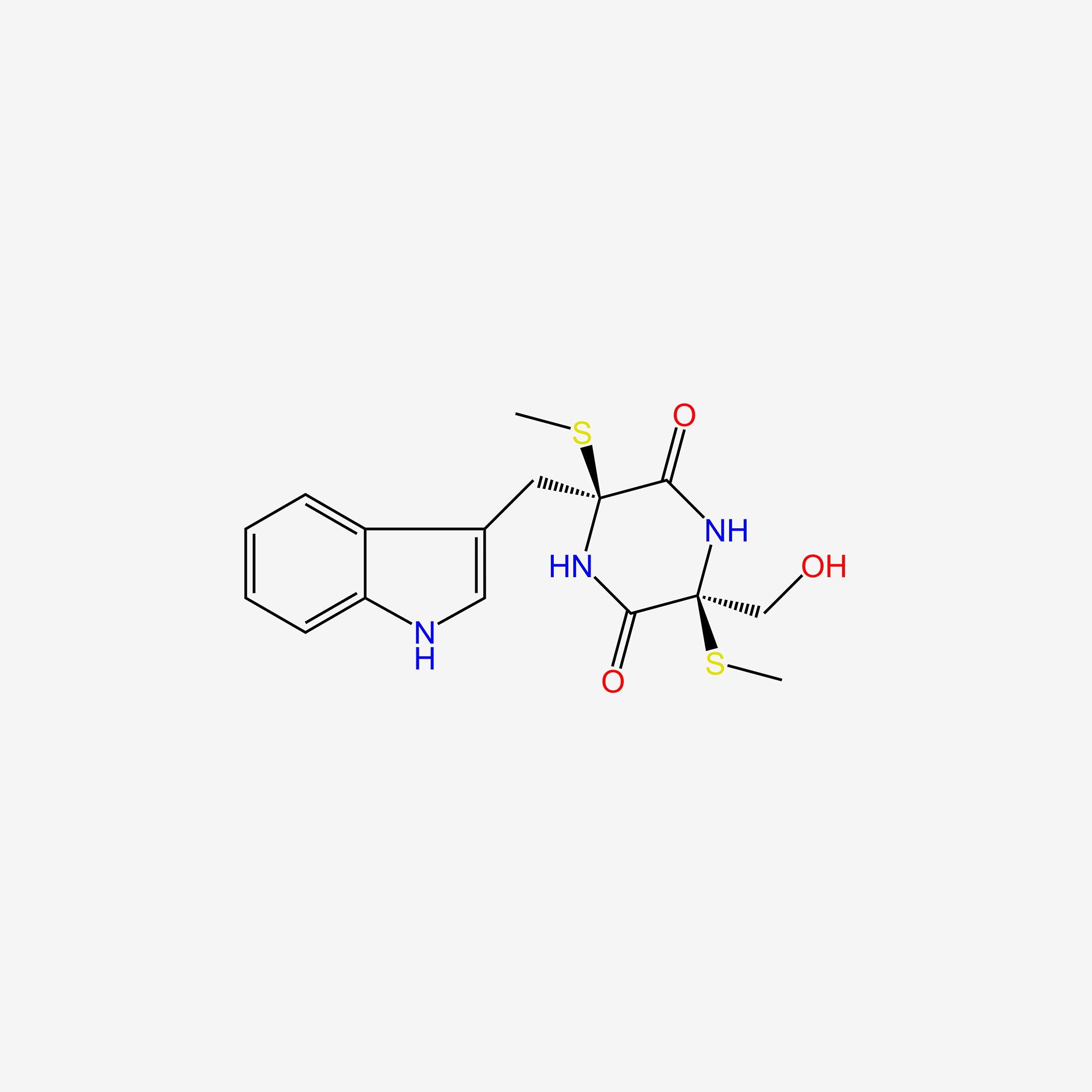 |
0.583 | D07RGW | 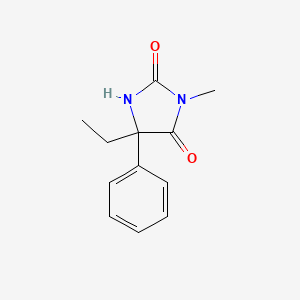 |
0.325 | ||
| ENC005917 |  |
0.565 | D08UMH |  |
0.322 | ||
| ENC004345 | 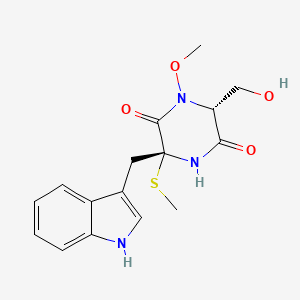 |
0.565 | D08EOD | 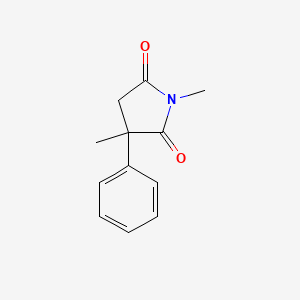 |
0.289 | ||
| ENC004344 |  |
0.565 | D02DMQ |  |
0.286 | ||
| ENC004343 | 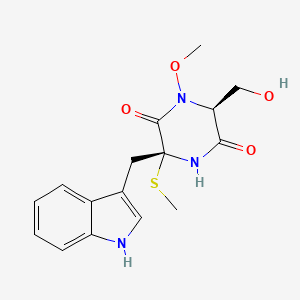 |
0.565 | D0Y7RW |  |
0.284 | ||
| ENC004342 | 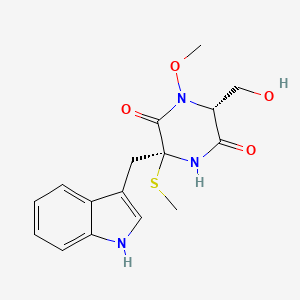 |
0.565 | D0U5RT |  |
0.276 | ||
| ENC005916 |  |
0.565 | D0W7WC | 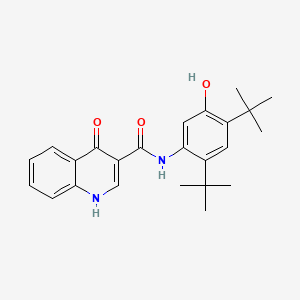 |
0.274 | ||
| ENC003991 |  |
0.529 | D0NG7O |  |
0.273 | ||
| ENC004847 |  |
0.529 | D0K0KH | 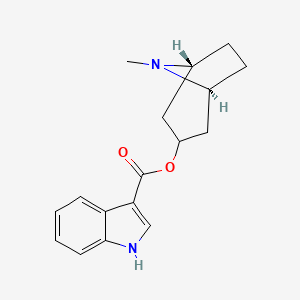 |
0.270 | ||